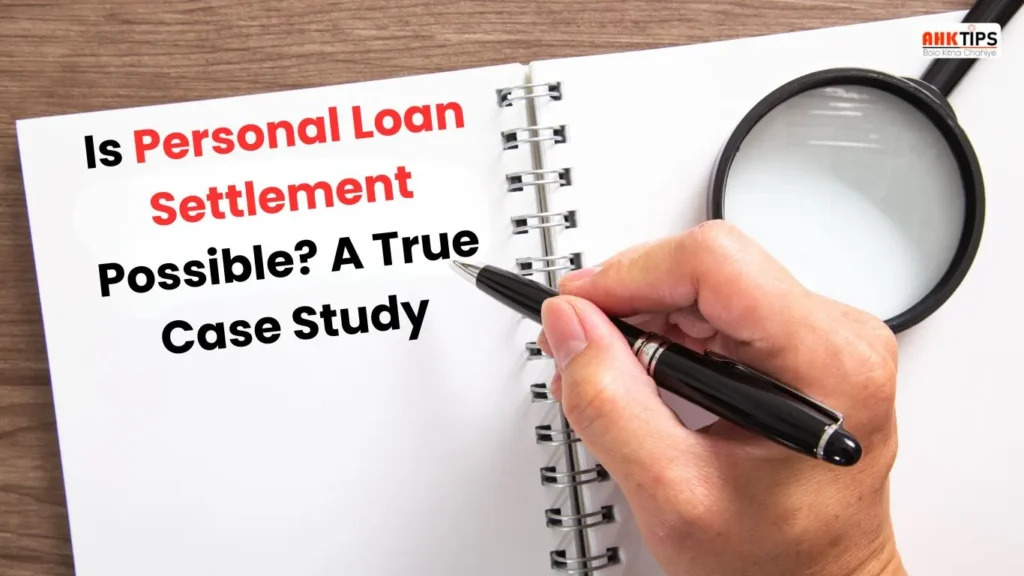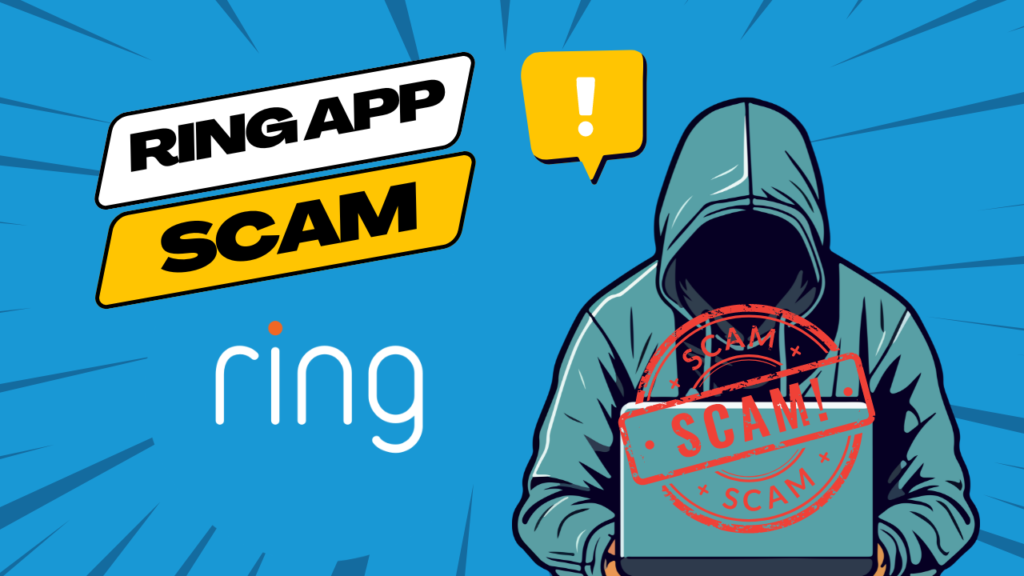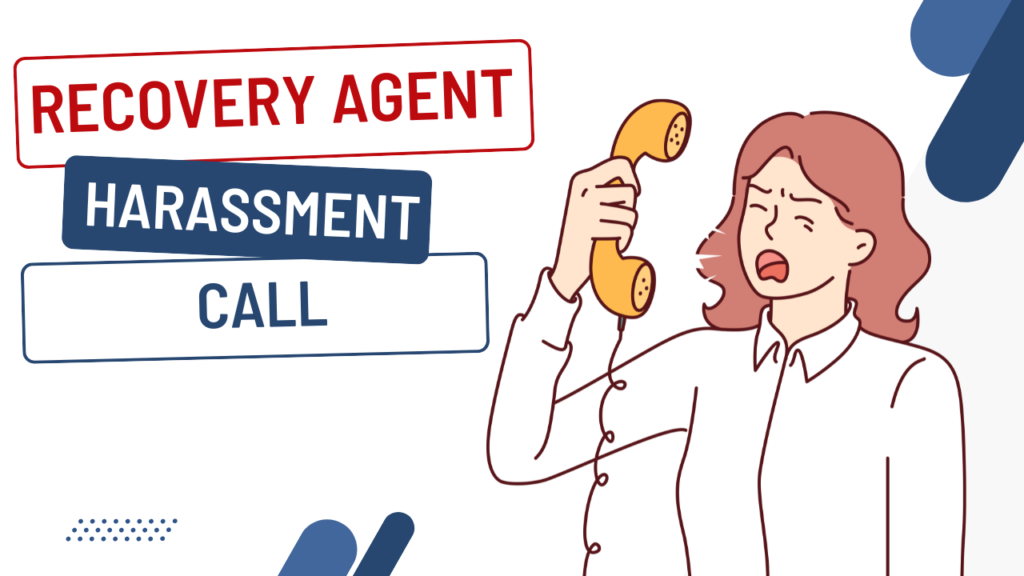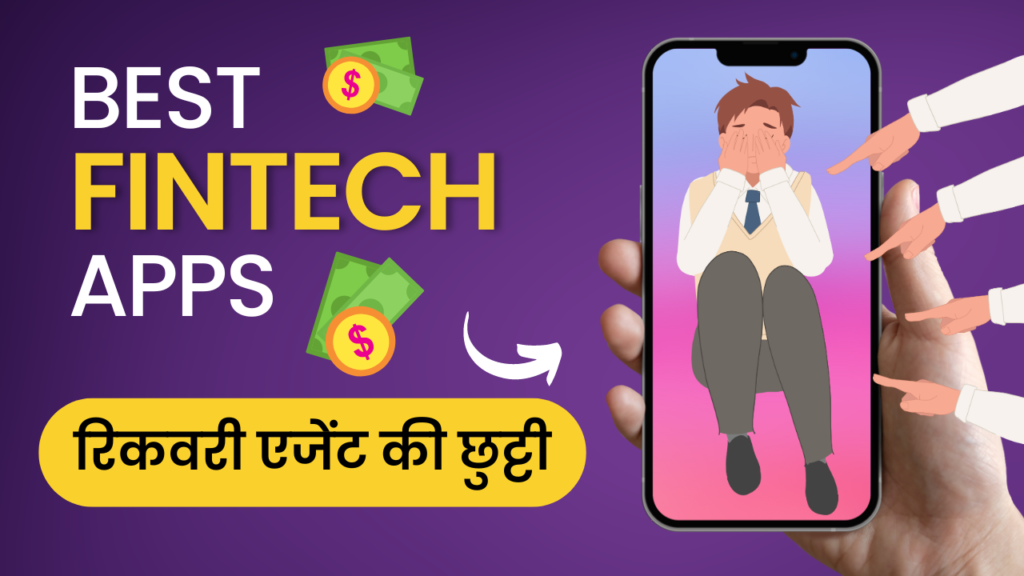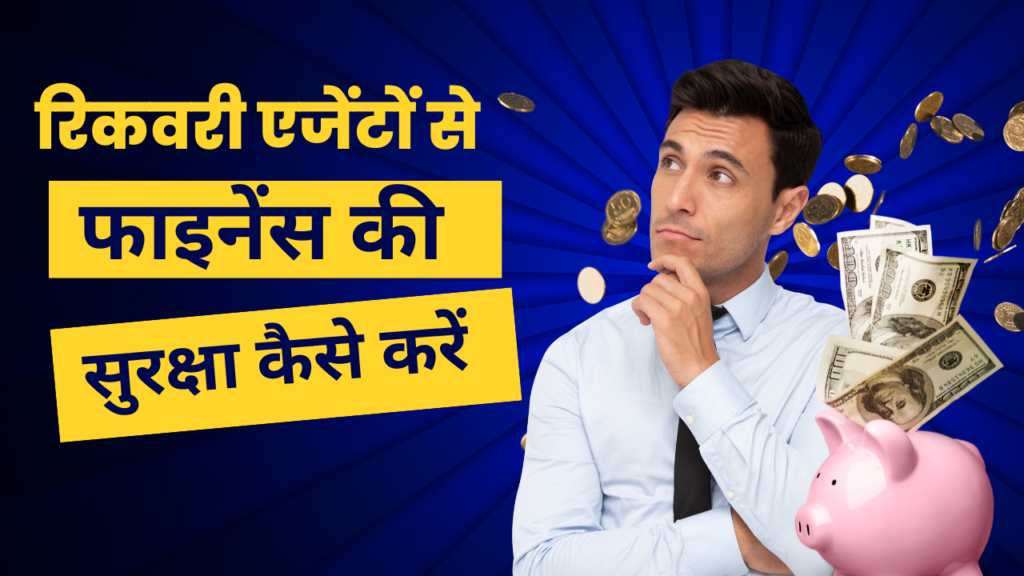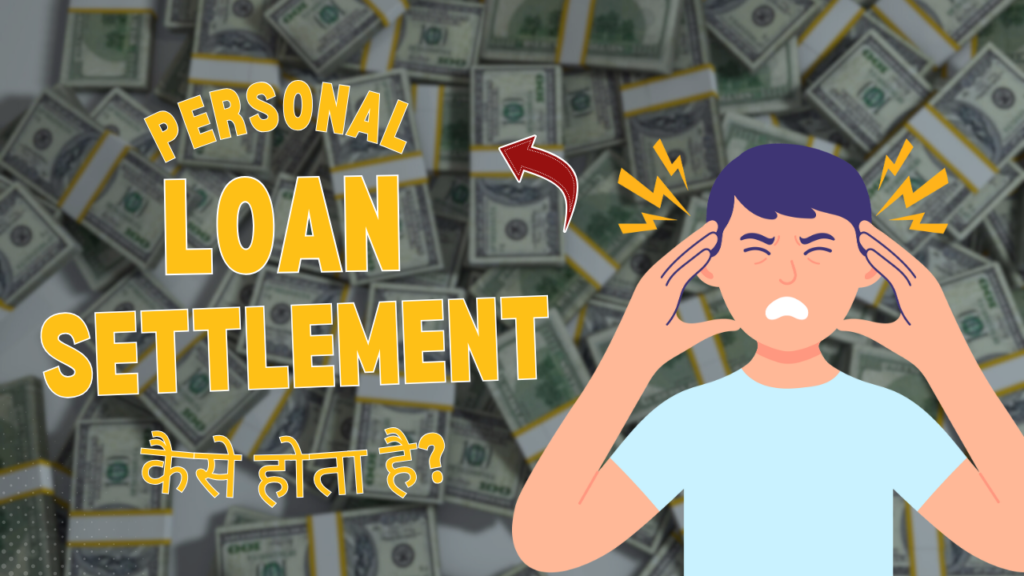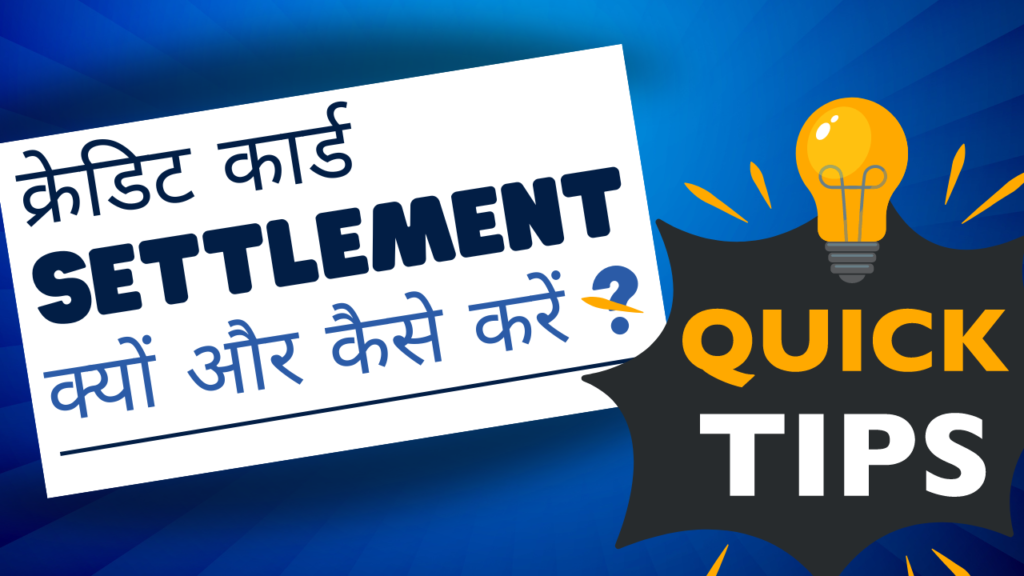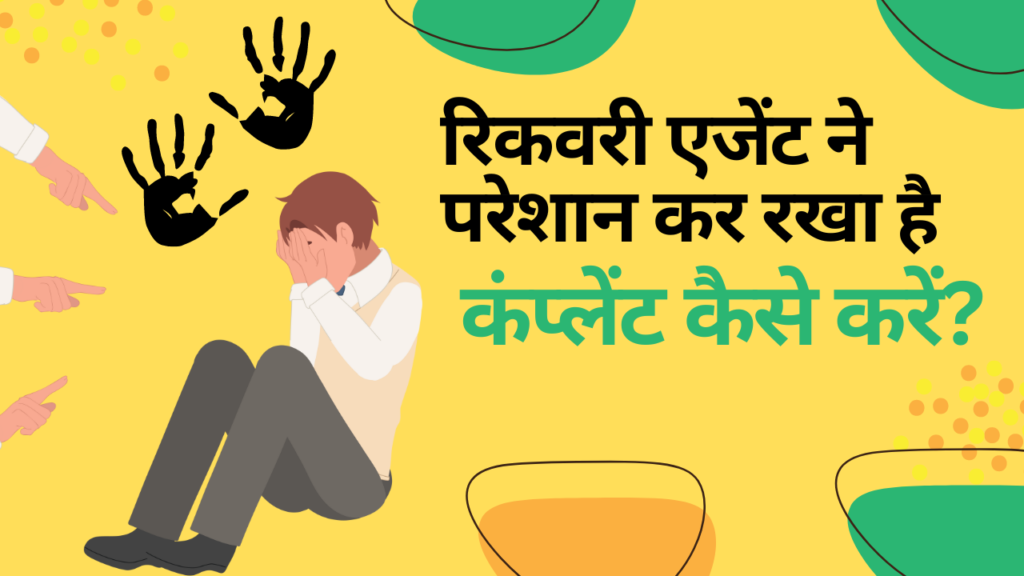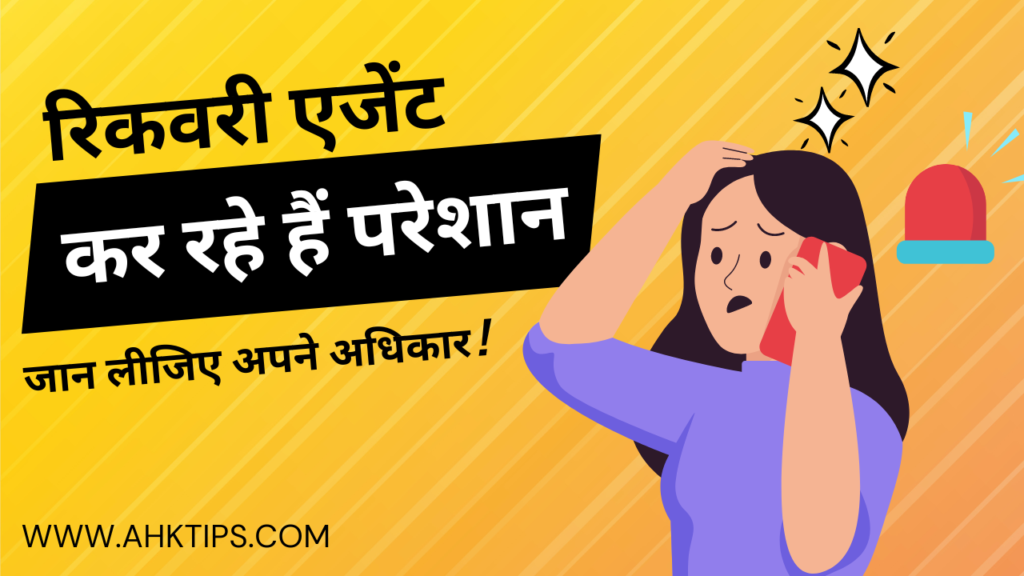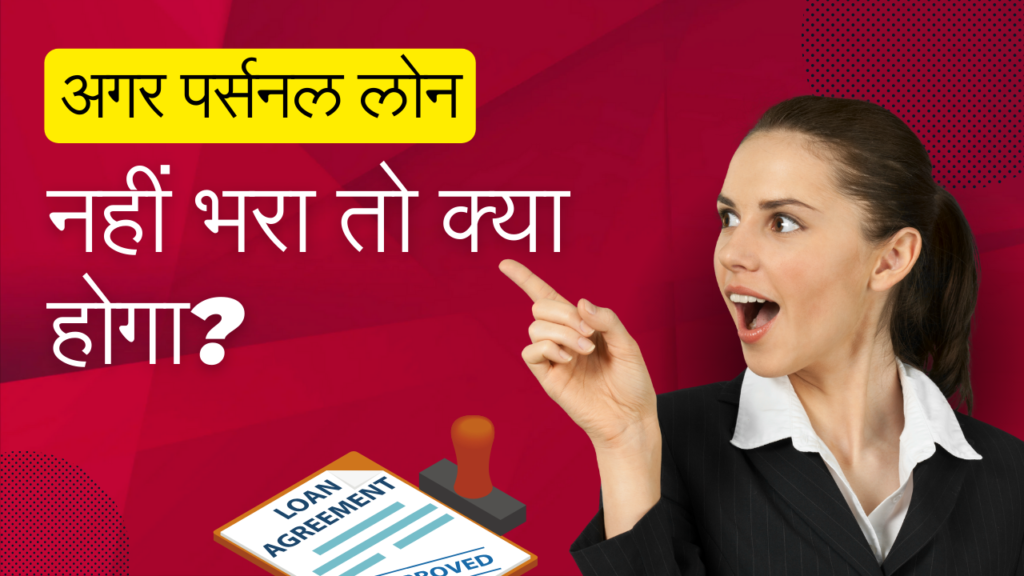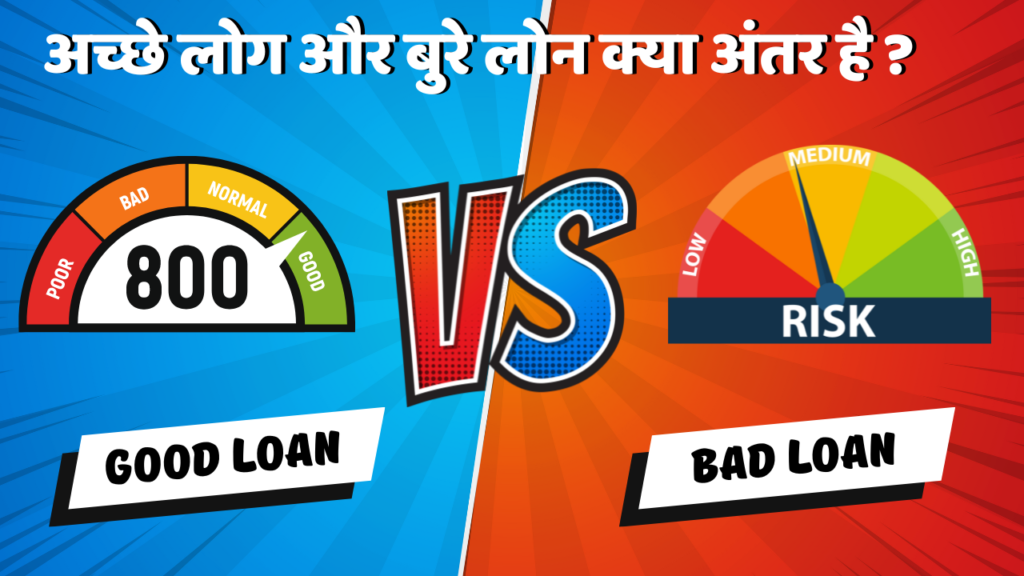Summary
Payment of a personal loan is a solution to be tried only in a dire situation, where the borrower has no other option for settling the loan. It can be helpful when someone becomes extremely financially poor, i.e., job loss, severe illness, destruction of a business of huge magnitude, or any other debilitating calamity. Here, the institution or the bank does not write off the entire amount of your loan that is due, but ‘settles’ the loan by taking a portion of it. Although this step provides some relief to some extent, the long-term effects of this step are serious.
The first impact is on your CIBIL score, which is proportionate to your creditworthiness. Credit bureaus note loan settlement as ‘loan default’, and this lowers your CIBIL score. The impact is that in the future, when you apply for a loan or credit card from another bank, your profile will be noted as weak, and the chances of loan sanction will be low.
So, it would be advisable to try out options like EMI rescheduling, top-up loan or moratorium first, if feasible. If only loan settlement is an option, then get the settlement letter and NOC in writing from the bank. Then try to improve your credit score in the future by taking low value loans and paying them on time, using credit cards prudently, etc.
Introduction
In today’s time, many people take personal loans to meet their needs. But many times, due to financial problems, people are unable to repay their loans on time. In such a situation, banks or financial institutions give the person the option of loan settlement.
Personal Loan Settlement means that instead of repaying your outstanding loan amount in full, the bank or the loan-giving institution settles on a fixed amount. This means that the bank allows you not to repay the entire loan amount, but your loan is closed after you have paid a certain amount. This option is for those people who are going through a difficult time financially and are unable to repay the loan in full.
When you are unable to pay the loan on time and keep defaulting, the bank contacts you and gives you different options to pay. If your situation is very bad and you are unable to repay the loan, then you can apply to the bank for loan settlement. The bank can decide to give a discount on your loan, considering your financial situation.
If you are also trapped in the debt trap and are facing a financial crisis, then the path of Personal Loan Settlement can prove to be beneficial for you. Therefore, if you also want to get rid of your debt, then read this article till the end so that you do not face any problems at the time of Personal Loan Settlement.
What is Personal Loan Settlement?
It is a financial process in which the bank or financial institution allows the loan taker to settle the loan by paying a lesser amount instead of paying the entire outstanding loan amount. This facility is for those who are unable to repay their loan on time due to some reason and are continuously defaulting.
Under a settlement, the bank can agree on a lump sum amount, which closes the loan. However, it is important to note that settling the loan can affect your CIBIL score, which may make it difficult for you to get a loan in the future. Therefore, it should be adopted only as a last option.
How does a Personal Loan Settlement work?
Personal Loan Settlement companies negotiate with creditors to reduce the outstanding amount on unsecured loans such as credit cards, medical bills, or personal loans for you. Personal Loan Settlement is not just an option for secured loans, such as mortgages or auto loans.
These offers only tempt banks if they think you won’t pay back the loan at all, so a personal loan settlement company will advise you to stop making payments on your loan immediately and instead open an escrow account and put your monthly payments into it. Once you have enough money saved up for a lump sum payment for a personal loan settlement, the personal loan settlement company facilitates the transaction.
What documents are required for a Personal Loan Settlement?
The following documents are required:
- Aadhar Card, PAN Card, Passport, or Driving License, etc.
- Salary slips, income tax returns, bank statements, etc.
- Personal Loan Settlement letter, loan details, payment receipts, etc.
- Investment documents, property documents, insurance policies, etc.
What is the difference between a Personal Loan Settlement and a Credit Card Loan Settlement?
Let us understand both of these in detail:
- Personal Loan Settlement: In this, the borrower negotiates with his bank so that some part of the total loan amount can be waived off. This means that the borrower has to pay less than his original amount borrowed. This process is adopted when the borrower is unable to repay the entire loan amount and tries to settle with the bank.
- Credit Card Loan Settlement: Credit Card Loan Settlement is a process through which you can reduce your credit card dues by negotiating with the bank or credit card provider. When you are unable to pay the entire outstanding amount of your credit card and your financial situation becomes critical, the bank or credit card company agrees with you. In this, you are given a chance to end your liability by paying a certain percentage of the principal amount.
Are there any other options apart from a Personal Loan Settlement?
If you do not like the option of Personal Loan Settlement, then you can also consider some other options, such as:
- Loan Rescheduling: In this, the bank reschedules the loan of the borrower, which makes it easier for the borrower to pay his installments. Under this, the monthly installments of the borrower are reduced, but the loan period is increased.
- Loan Refinancing: In this, the borrower repays the old loan by taking a new loan. This new loan is usually at a lower interest rate, which reduces the monthly installments of the borrower.
- Consolidation Loan: In this, the borrower combines all his small loans into a big loan and pays it in a single installment. This makes it easier for him to manage the loan, and the interest rate can also be reduced.
How does a personal loan settlement affect your credit score?
The impact can be seen in the following ways:
- After a personal loan settlement, if you have a credit card or other credit line, your credit limit may be reduced as creditors feel that you may be a high-risk customer.
- If your credit score drops, it may be difficult for you to get a loan, credit card, or any other type of credit facility. This can also affect your financial stability, especially if you face a financial emergency in the future.
- When you settle for a personal loan settlement with your bank, you are not paying off the entire loan, but paying a certain amount that is less than the principal amount. This is seen negatively by the credit bureaus as it shows that you have been unable to repay your debt. As a result, your credit score may drop.
- After the Personal Loan Settlement process, your credit report will be updated with the information that you have “settled” your loan. This entry remains in your credit history for 7 years and can be viewed negatively by lenders or other creditors, which can affect your chances of getting a loan in the future.
- Since a Personal Loan Settlement means that you have not repaid the entire loan, when you try to get a new loan in the future, banks may look at your credit score and report and reject your application, or give you a loan at higher interest rates.
How long does it take for a Personal Loan Settlement to be processed?
If you join our service, we will settle your loan within 6 – 8 months. But it also depends on your loan outstanding, how much loan is outstanding for you. If you have a large loan outstanding, then it may take us 1 to 2 years to settle it.
What are the advantages (pros) and disadvantages (cons) of Personal Loan settlements?
It has the following advantages and disadvantages:
Advantages (Pros)
- Personal Loan Settlement improves the financial condition of the borrower.
- By doing a Personal Loan Settlement, you can manage your income and costs better and avoid a financial crisis in the future.
- The heavy burden of debt often causes mental stress. With Loan Settlement, the borrower gets relief from this stress, and he can find mental peace in his life.
- Through Personal Loan Settlement, the borrower gets a chance to get part of their debt waived off.
- This helps to improve his financial condition and gives him relief from a heavy financial burden.
- Although a Personal Loan Settlement can affect the borrower’s credit score, by following the agreement on time and properly, they can gradually improve their credit score.
Disadvantages (Cons)
- In the future, the borrower may have difficulty getting loans from these institutions.
- Through Personal Loan Settlement, the entire loan of the borrower is not waived off. He still has to pay some amount, which can affect his financial condition.
- During a Personal Loan Settlement, the agreement between the bank and the borrower has many conditions. The borrower is required to follow these conditions, which can limit their freedom.
- After a Personal Loan Settlement, the borrower’s credit score may be affected.
- Personal Loan settlements may create difficulties in taking new loans or obtaining credit cards in the future.
- Due to a Personal Loan Settlement, the borrower’s relationship with the bank and other financial institutions may deteriorate.
Is Personal Loan Settlement Possible? A True Case Study
Yes, you may settle your loan, but you must do so with utmost caution. In most instances, settlement refers to negotiating with your lender to settle for less than the amount that you owe, usually because you are short on cash and unable to pay off the full loan.
Real Case Study: Settlement of Personal Loan in India
Name: Rohit Verma (name changed to ensure anonymity)
Location: Pune, Maharashtra
Loan Amount: ₹3,50,000
Bank: A large private sector bank
Loan Tenure: 4 years
EMI: ₹9,870/month
Issue: Loss of job due to COVID-19
He had already paid 14 EMIs, but suddenly no income and rising expenses. He began defaulting on EMIs, and collection calls were pouring in.
Action Taken
- He first requested a loan moratorium, and that was granted to him for 3 months.
- After the moratorium had elapsed, his condition had not changed.
- He appeared before the bank and made things clear.
- The bank asked him for supporting papers like a job closure letter, bank statements, and a written application for settlement.
Loan Settlement
After negotiation in rounds:
- The bank settled the loan of ₹1,75,000 in a single payment.
- A “settled” status was marked on Rohit’s CIBIL report.
- His credit score reduced from 735 to 590.
Key Lessons from the Case:
- Yes, personal loan settlement is possible — especially if you’re genuinely facing a hardship.
- It’s often seen as a last resort by lenders.
- The settled status negatively affects your credit score and future borrowing ability.
- Always take a No Objection Certificate (NOC) from the bank after settlement.
- After 6–12 months, begin to repair your credit by taking a secured credit card or an EMI loan of a small amount.
How do I apply for a Personal Loan Settlement online?
If you want to apply it online, then follow the easy steps given below:
1: Visit the bank’s website or app
- Open the official website or mobile app of your loan provider or bank.
- Sign up if you already have an account, then log in. Otherwise, create a new account.
2: Check the customer support section
- Go to the ‘Customer Support’ or ‘Contact Us’ section on the website or app.
- Here, you can find the option related to “Loan Settlement”, such as:
- Filing a loan-related complaint.
- Request form for loan settlement.
3: Fill out the request form for settlement
- Select the “Loan Settlement Request” option.
- Fill in the required details, such as:
- Your name
- Loan account number
- Email ID and mobile number
- Reason (why you want to settle, such as financial problem or reduction in income).
4: Upload the required documents
- Upload documents that show your current financial situation, such as:
- Income certificate or salary slip
- Bank statement
- Any other proof that explains your problem?
- Upload all the documents by scanning them in the correct format (PDF or JPEG).
5: Submit and wait for the bank’s response
- Once you have submitted the form, the bank will verify your request.
- The bank will most likely contact you within 7-10 working days. They will notify you of the settlement through email, call, or message.
6: Read the bank’s offer
- The bank will make an offer to waive some portion of your pending amount. Carefully read it.
- If you accept the offer, go ahead. Otherwise, bargain further.
7: Make payment
- Pay the decided settlement amount from the bank in online payment mode.
- The bank will provide a payment confirmation and close your loan account.
Conclusion
Personal Loan Settlement is an option that is adopted when a person is unable to repay their loan EMI on time and is continuously defaulting. In this process, banks or financial institutions provide the loan taker an opportunity to settle on a certain loan amount by giving some concessions. Although this solution gives immediate relief, it also has some negative effects, especially on your CIBIL score, which can become a hindrance in getting any new loan or credit card in the future.
If you are considering settling your loan, first talk to your bank and consider other possible options, such as loan rescheduling, reducing EMI, or increasing the loan tenure. These options can help you repay the loan while keeping your credit score safe.
Before adopting a loan settlement, it is important to understand that this should be a last resort. This option should be chosen only if there is no other way left. Also, do not forget to get a “No Due Certificate” from the bank after the settlement, so that there are no legal issues in the future.
Frequently Asked Questions (FAQ’s)
Ans: No personal loan settlement is usually available for unsecured loans such as credit cards, medical bills, or personal loans. Personal loan settlement is usually not an option for secured loans such as home loans or auto loans.
Ans: Personal loan settlement companies often recommend that you temporarily stop paying your loan and instead deposit money in an escrow account. This deposit is later used as a lump sum payment for the personal loan settlement. However, this decision can hurt your credit score, so it should be adopted wisely.
Ans: The process of Personal Loan Settlement can usually be completed in 6 to 8 months, but it depends on the amount of your outstanding loan and your financial situation. In some cases, this process can also take 1 to 2 years.
Ans: No, your entire loan is not waived through a Personal Loan Settlement. Under this, the bank can waive some amount of your loan, but you have to pay the remaining amount of the loan. This agreement depends on what is agreed between the bank and the borrower.
Ans: Personal Loan settlements can hurt your credit score. This can lower your credit score, and this information can remain on your credit report for up to 7 years, which may make it difficult to get a loan in the future.

